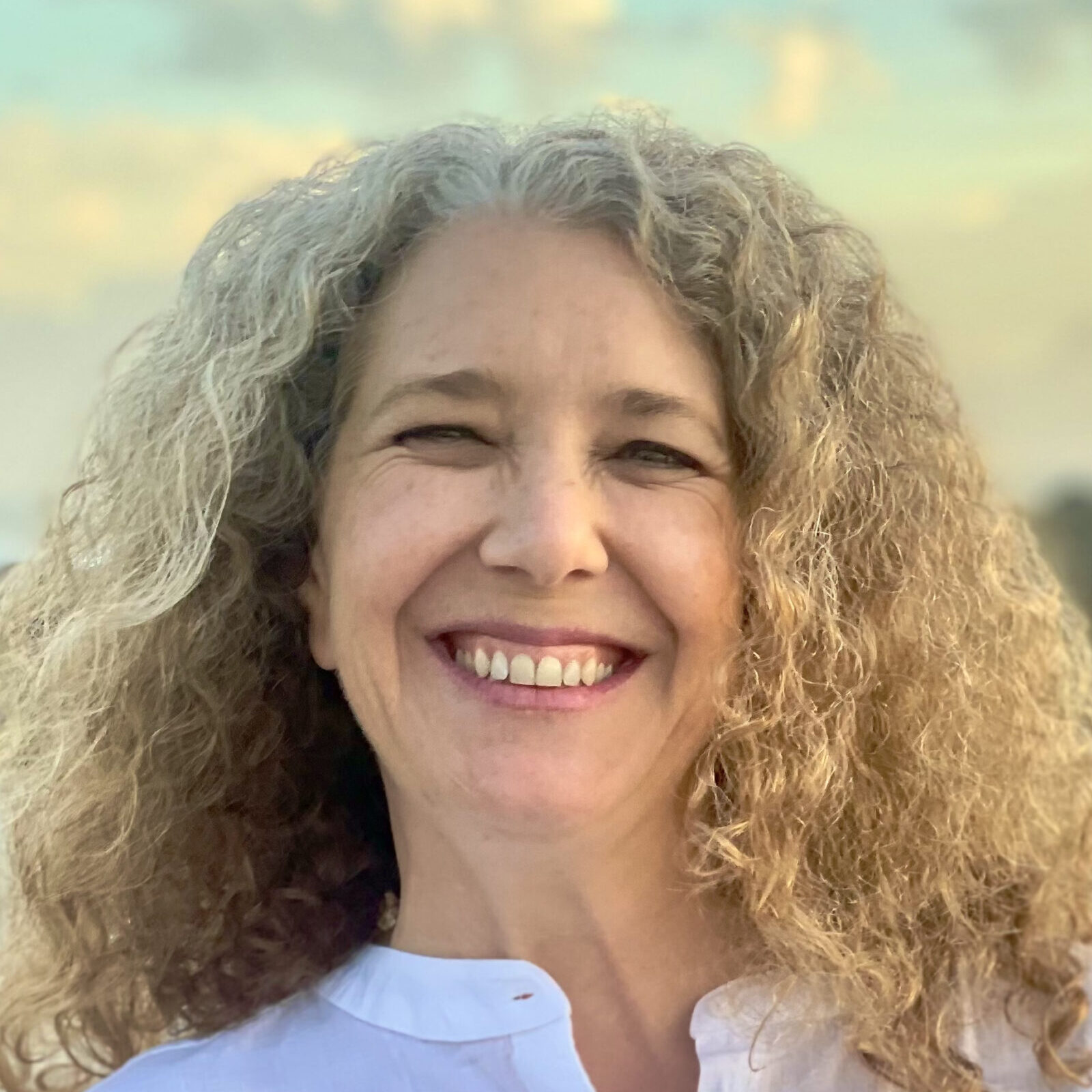

“Follow your heart” is a phrase we hear often, but how do we actually do that?
A common belief is that our inner wisdom, also referred to as intuition, will guide us to the right decision. It sounds simple, yet, in practice, it can be incredibly challenging. Why is it so difficult to simply follow our hearts?
One major obstacle is that we often don’t know what we are truly feeling. This confusion is compounded by the significant influence that our social environment has on us. Research shows that our social environment plays a suggestive role in shaping our thoughts and behaviours, making it challenging to discern our true inner voice. Dr. Gabor Maté, a well-known Canadian physician and author, highlights that our personalities are deeply influenced by our early environments and relationships, which can make it difficult to separate our authentic self from these external influences.
Social and environmental factors often lead us to doubt or ignore our intuition, overshadowing its role in decision-making. Although intuition is closely linked to our emotional and physiological states, with the heart playing a key role, external influences can create distractions that make it difficult to connect with our true inner guidance. This complexity can lead to self-doubt, especially in high-pressure situations, making it difficult to genuinely follow one’s heart.
What is Intuition?
Sometimes referred to as a ‘gut feeling’ or a ‘sixth sense’, intuition refers to an innate ability to perceive or understand something directly, without relying on rational thought. It is a profound inner awareness that can uncover both our virtues and our self-deceptions.
Inside each of us are two voices: the head and the heart. The head is logical and practical, focused on keeping us safe. It calculates risks and often opts for the safest course of action unless a higher risk is strategically justified. The heart, however, is nurturing and compassionate, connecting us with our feelings and convictions. Sometimes, the heart makes decisions that don’t make logical sense to the head.
Intuition’s task is to listen to both voices, understand them, and guide us toward the best, most balanced course of action. Studies have shown that intuition, when balanced with reason, can lead to better decision-making outcomes.

Tuning in and trusting our inner guidance
How can we be sure that the decision we make is the right one? After all, choosing one path means all other possibilities vanish—a reality that can feel daunting and an existential truth we all need to accept. As creative beings, we love to keep our options open, but decision-making can feel like placing all our bets on one outcome, making it seem like we either win or lose.
Trusting our intuition requires an authentic connection with it, which is a subtle and delicate process. Not only are we naturally inclined to emulate those around us, but our intuition operates through rapid, unconscious mental processes that have evolved since birth to save time and energy, and can also be prone to errors like cognitive biases. As we grow, intuition draws on accumulated knowledge and experiences stored in neural networks, allowing us to access this information quickly, often without conscious awareness.
To truly trust our intuition, we must first raise self-awareness and take ownership for our past actions, which have inevitably shaped our current experiences. This journey is worthwhile, and with the support of a mindset coach, techniques like meditation, visualization, and reflection can help uncover core values, beliefs, and talents. This process allows us to identify and overcome limiting beliefs that may be holding us back. By deepening our understanding of these influences, we pave the way for personal growth and enhanced emotional intelligence, which enhances our ability to make informed decisions.
Approaching mindset coaching with an open heart and mind allows us to embrace vulnerability and uncover the truth within. Releasing outdated beliefs and incorporating positive practices like forgiveness, affirmations, and gratitude can boost well-being and resilience. This clarity helps us set meaningful goals to turn our aspirations into reality. Ultimately, mindset coaching empowers us to take the lead as the creators of our own lives!
Further reading
1. ‘Exploring Intuition and its Role in Managerial Decision Making’ by Erik Dane and Michael G. Pratt. Academy of Management Review, 32. Available at: Academy of Management.
2. ‘Do environment and intuition matter in the relationship between decision politics and success?’ by Said Elbanna, C Anthony Di Benedetto and Jouhaina Gherib, Journal of Management & Organization, 21(1), pp. 60–81. Available at: Cambridge University Press.
3. ‘Intuition: What It Is and How It Works’ by Thomas R. Verny M.D. Psychology Today Canada. Available at: PsychologyToday.
4. ‘An Introduction to Existential Coaching: How Philosophy Can Help Your Clients Live with Greater Awareness, Courage and Ownership’ by Yannick Jacob. Available at: Routledge
5. ‘Culture and the Self: Implications for Cognition, Emotion, and Motivation’ by Hazel Rose Markus and Shinobu Kitayama. College Student Development and Academic Life. Available at: Taylor & Francis Group
6. ‘When the Body Says No: The Cost of Hidden Stress.’ by Dr Gabor Maté. Knopf Canada. Available at: Dr Gabor Maté
7. ‘Authentic happiness: using the new positive psychology to realize your potential for lasting fulfillment’ by Martin Seligman. New York: Free Press. Available at: Amazon
Sandra Lacueva is a mindset coach with over 25 years of experience in integrating mindfulness practices into high-stress corporate environments. Certified by the University of Cambridge, Sandra specialises in helping individuals reconnect with their intuition, build self-awareness, and overcome limiting beliefs. Her approach combines mindfulness, emotional intelligence, and actionable strategies to promote personal and professional growth.
